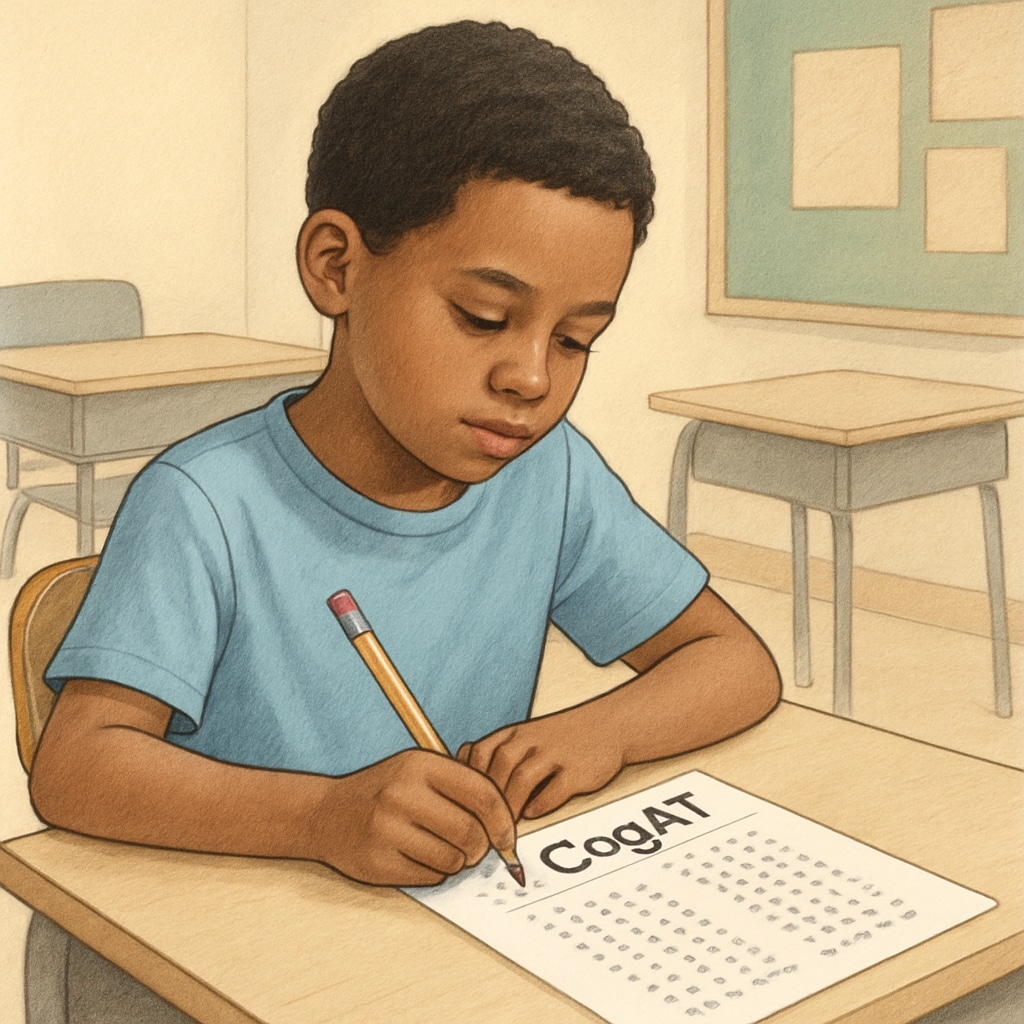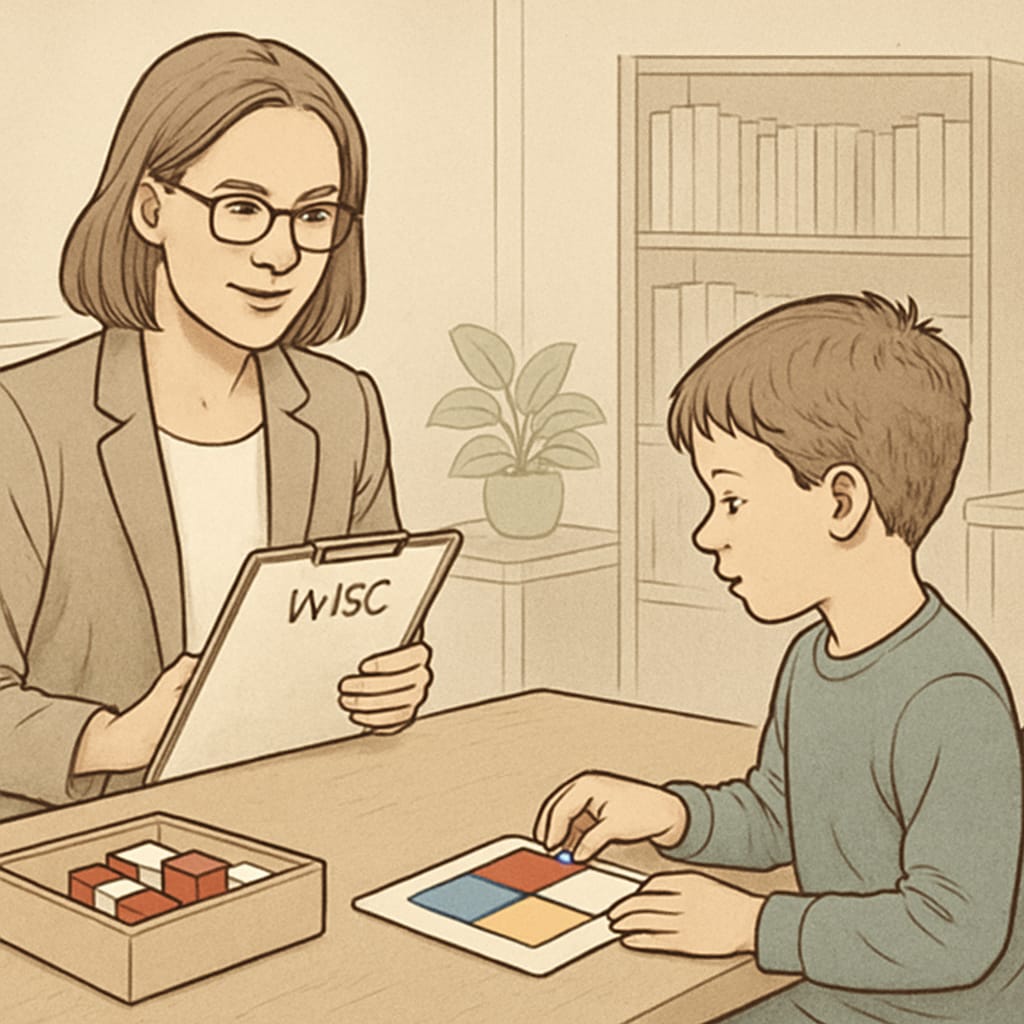Understanding a child’s unique potential is a priority for parents and educators alike. Modern tools for talent evaluation and intelligence testing, such as CogAT and WISC assessments, provide valuable insights into a child’s abilities. With so many options available, how can one determine the most effective method for evaluating a child’s talents? This article delves into the features, applications, and benefits of some of the most authoritative tools in this field, helping you make an informed choice.
Why Evaluate Children’s Talents?
Every child possesses a unique set of abilities and potential. Proper evaluation can help identify their strengths, guide career decisions, and shape personalized education plans. For educators, understanding a child’s talents ensures that they receive the necessary support to thrive in academic and extracurricular activities. For parents, these assessments offer a clearer path to nurturing their child’s development.
Tools like the Cognitive Abilities Test (CogAT) and Wechsler Intelligence Scale for Children (WISC) have become benchmarks in this domain. Let’s explore their features and how they compare.
CogAT: Cognitive Abilities Test
The CogAT is designed to measure a child’s reasoning and problem-solving abilities in three key areas: verbal, quantitative, and non-verbal. It is commonly used to assess giftedness, helping schools identify children who might benefit from specialized programs. Here are some of its main features:
- Focus Areas: Measures reasoning skills rather than accumulated knowledge.
- Age Range: Suitable for students from kindergarten through grade 12.
- Applications: Widely used in school admissions, gifted programs, and academic placement.
One of the strengths of CogAT is its ability to assess potential rather than performance, making it ideal for identifying latent talents in children who may not excel in traditional tests.

WISC: Wechsler Intelligence Scale for Children
The WISC is another widely respected tool for assessing a child’s intelligence quotient (IQ). Developed by David Wechsler, it evaluates a broad spectrum of cognitive abilities. Unlike CogAT, which focuses on reasoning, WISC dives deeper into various cognitive domains. Key features include:
- Focus Areas: Measures verbal comprehension, working memory, processing speed, and more.
- Age Range: Designed for children between 6 and 16 years old.
- Applications: Commonly used in psychological evaluations and diagnosing learning disabilities.
The WISC test provides a comprehensive overview of a child’s cognitive profile, making it an excellent choice for identifying both strengths and areas requiring support.

Choosing the Right Test for Your Child
When deciding between CogAT and WISC, it’s important to consider the purpose of the evaluation. If the goal is to identify giftedness or potential for advanced programs, CogAT might be the better choice. On the other hand, if the aim is to gain a detailed understanding of cognitive strengths and weaknesses, WISC is more suitable.
Additionally, factors such as the child’s age, educational background, and specific needs should influence the decision. Consulting with educators, psychologists, or child development experts can provide further guidance on selecting the most appropriate assessment tool.
Beyond CogAT and WISC: Other Considerations
While CogAT and WISC are among the most authoritative tests, other tools such as the Stanford-Binet Intelligence Scales or the Kaufman Assessment Battery for Children (KABC) can also be valuable. These tests cater to specific needs, such as assessing creativity, learning styles, or emotional intelligence.
It’s also worth noting that no single test can capture all aspects of a child’s talent. A holistic approach, combining multiple assessments and observations, often yields the most accurate results.
Conclusion: Empowering Children Through Talent Evaluation
Evaluating a child’s talents is not about labeling or limiting them but about unlocking their full potential. Tools like CogAT and WISC offer meaningful insights that can shape a child’s educational journey and future success. By choosing the right method and working with professionals, parents and educators can provide children with the opportunities they need to thrive.
Ultimately, the best evaluation method depends on your child’s unique needs and goals. With the right tools and guidance, you can help them shine in their own way.
Readability guidance: This article uses short paragraphs, concise sentences, and clear subheadings to enhance readability. Lists and examples are included to summarize key points effectively.


